Rising Disposable Incomes
The Indian Alcohol Market is benefiting from the rising disposable incomes of consumers, particularly in urban areas. As economic growth continues, more individuals are willing to spend on premium and luxury alcohol products. Reports indicate that the premium segment of the market is expected to grow at a compound annual growth rate (CAGR) of around 15% over the next five years. This trend is particularly evident among millennials and Gen Z consumers, who are increasingly inclined to indulge in higher-quality alcoholic beverages. The willingness to experiment with new flavors and brands further fuels this growth. Consequently, the Indian Alcohol Market is likely to see an influx of premium brands and innovative products, catering to the evolving preferences of a wealthier consumer base.
Influence of Social Trends
The Indian Alcohol Market is significantly shaped by evolving social trends, particularly the increasing acceptance of alcohol consumption in social settings. Traditionally, alcohol consumption was often stigmatized in certain segments of Indian society. However, changing attitudes, especially among younger generations, have led to a more open and celebratory culture surrounding alcohol. This shift is reflected in the growing popularity of social drinking occasions, such as parties and gatherings, where alcohol plays a central role. Additionally, the rise of social media platforms has facilitated the sharing of experiences related to alcohol consumption, further normalizing its presence in everyday life. As these social trends continue to evolve, the Indian Alcohol Market is likely to expand, driven by a more accepting and engaged consumer base.
Changing Consumer Preferences
The Indian Alcohol Market is witnessing a notable shift in consumer preferences, particularly among younger demographics. This demographic increasingly favors premium and craft beverages, which are perceived as more authentic and of higher quality. As a result, brands are adapting their offerings to cater to these evolving tastes. The demand for artisanal products has surged, with craft beer sales growing at a rate of approximately 20% annually. This trend indicates a potential for brands to innovate and diversify their portfolios, aligning with the desires of a more discerning consumer base. Furthermore, the rise of social media has amplified the visibility of niche brands, allowing them to reach a broader audience. Consequently, the Indian Alcohol Market is likely to continue evolving, driven by these changing consumer preferences.
Regulatory Changes and Liberalization
The Indian Alcohol Market is currently influenced by ongoing regulatory changes and liberalization efforts across various states. Governments are increasingly recognizing the potential economic benefits of a more open alcohol market, leading to relaxed restrictions on production and sales. For instance, several states have introduced policies to promote local distilleries and breweries, which has resulted in a surge of new entrants in the market. This liberalization is expected to enhance competition, driving innovation and potentially lowering prices for consumers. Additionally, the introduction of e-commerce platforms for alcohol sales is reshaping distribution channels, making products more accessible. As these regulatory changes continue to unfold, the Indian Alcohol Market may experience significant growth opportunities, fostering a more dynamic and competitive landscape.
Technological Advancements in Production
The Indian Alcohol Market is experiencing a transformation due to technological advancements in production processes. Innovations in fermentation, distillation, and packaging are enhancing the efficiency and quality of alcohol production. For instance, the adoption of automated brewing systems allows for greater consistency and scalability, enabling craft breweries to meet rising demand without compromising quality. Moreover, advancements in sustainable practices, such as eco-friendly packaging and energy-efficient production methods, are becoming increasingly important to consumers. These technological improvements not only streamline operations but also align with the growing consumer preference for environmentally responsible products. As these technologies continue to develop, the Indian Alcohol Market is poised for growth, with the potential for increased production capacity and improved product offerings.



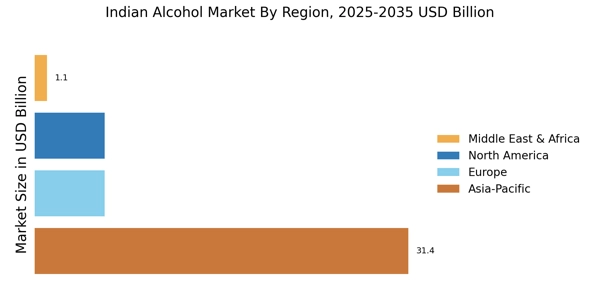
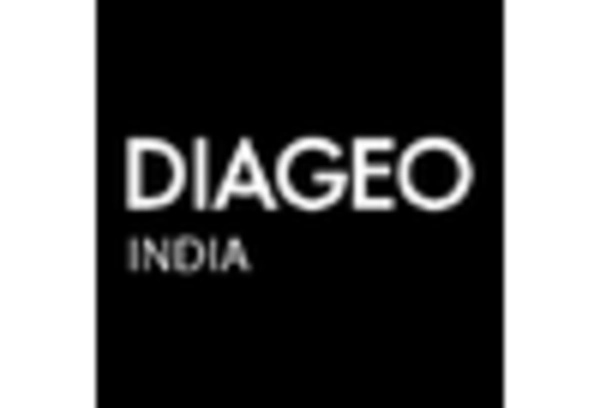
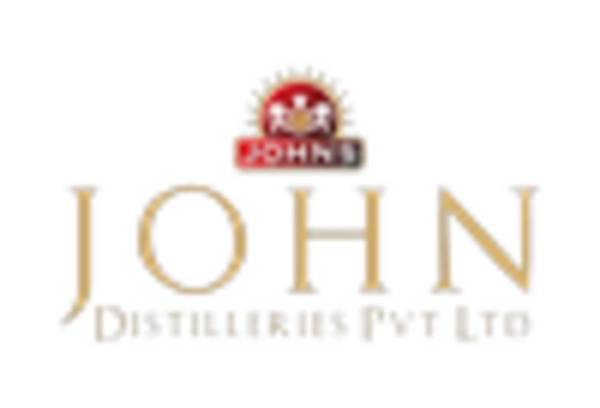
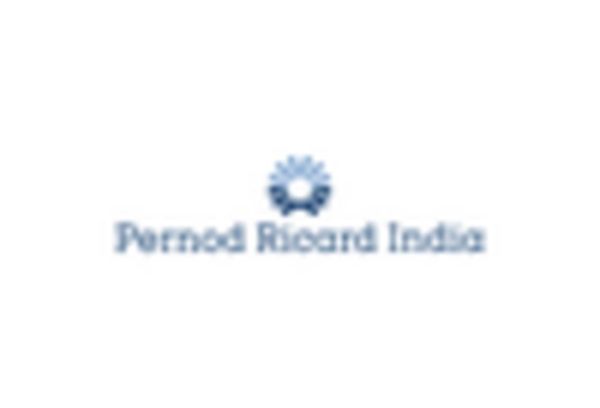

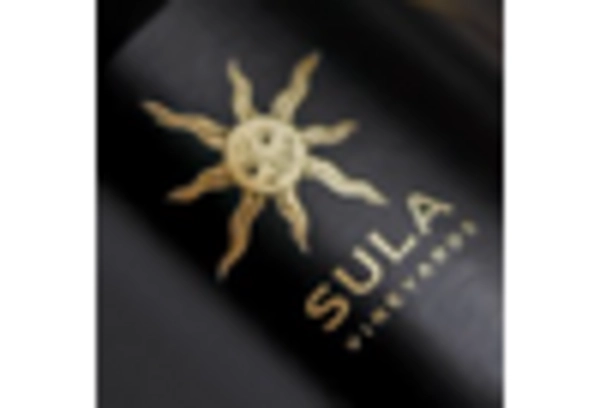
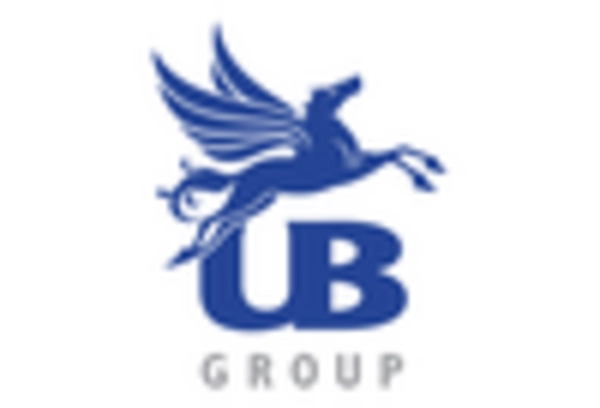








Leave a Comment